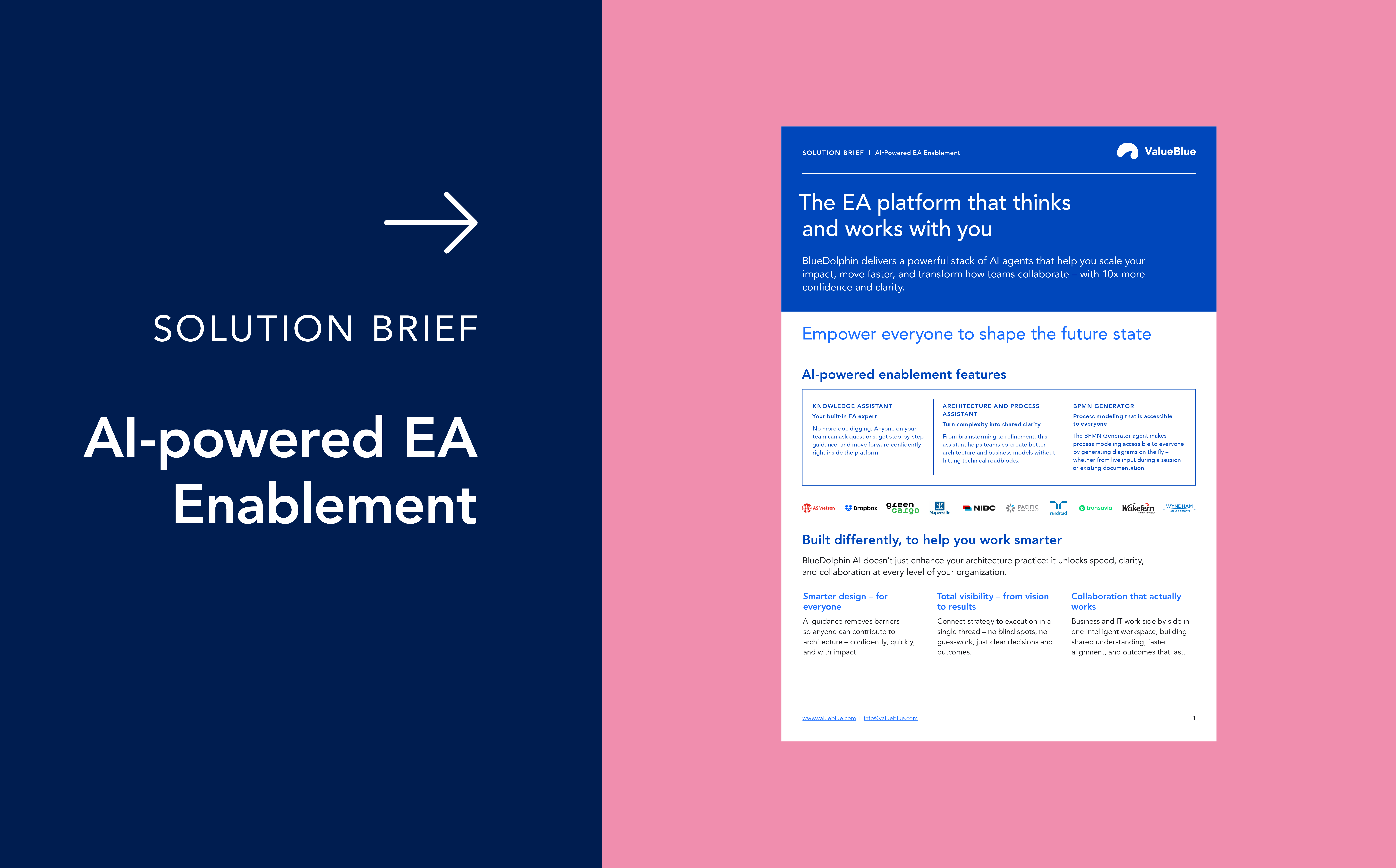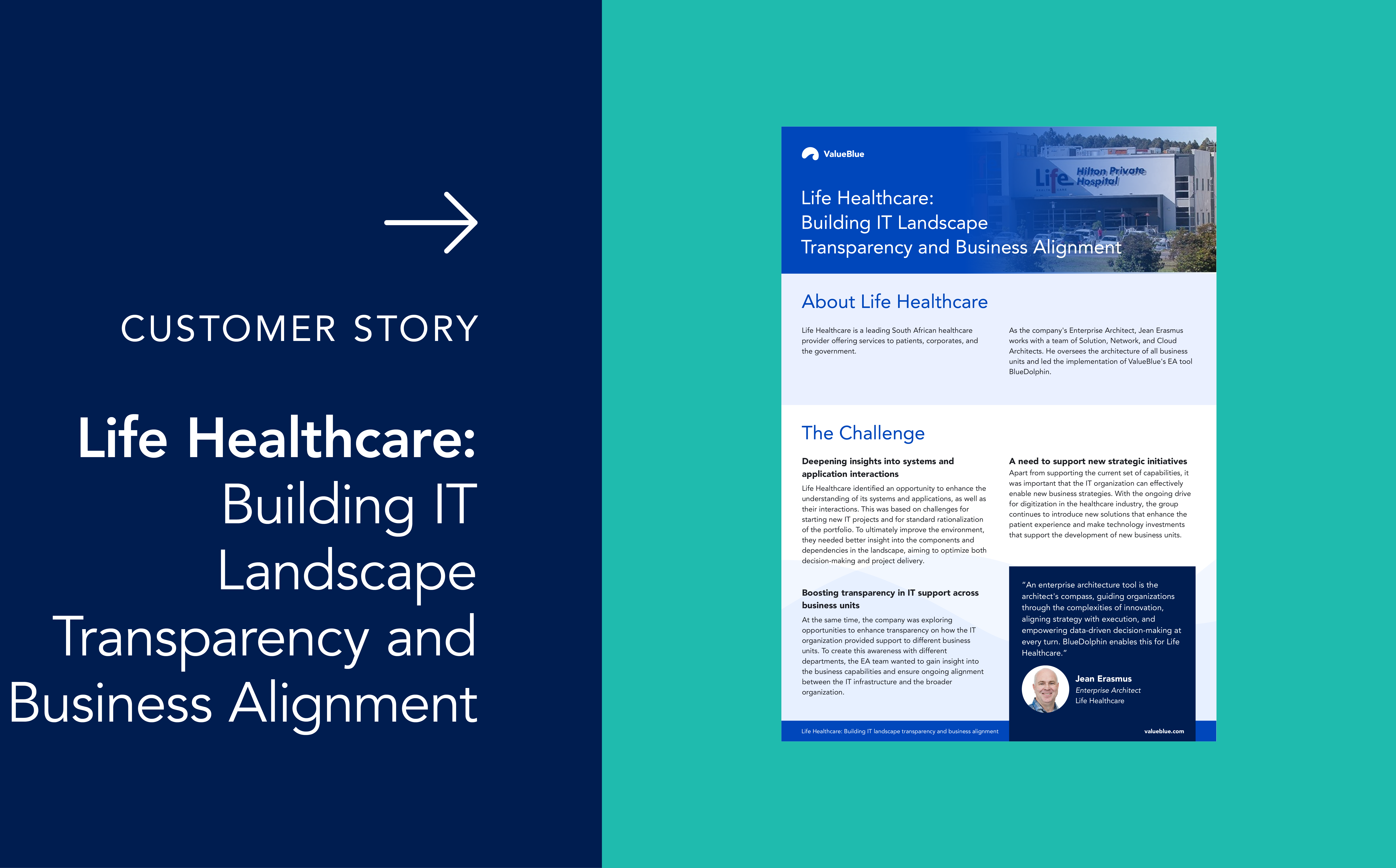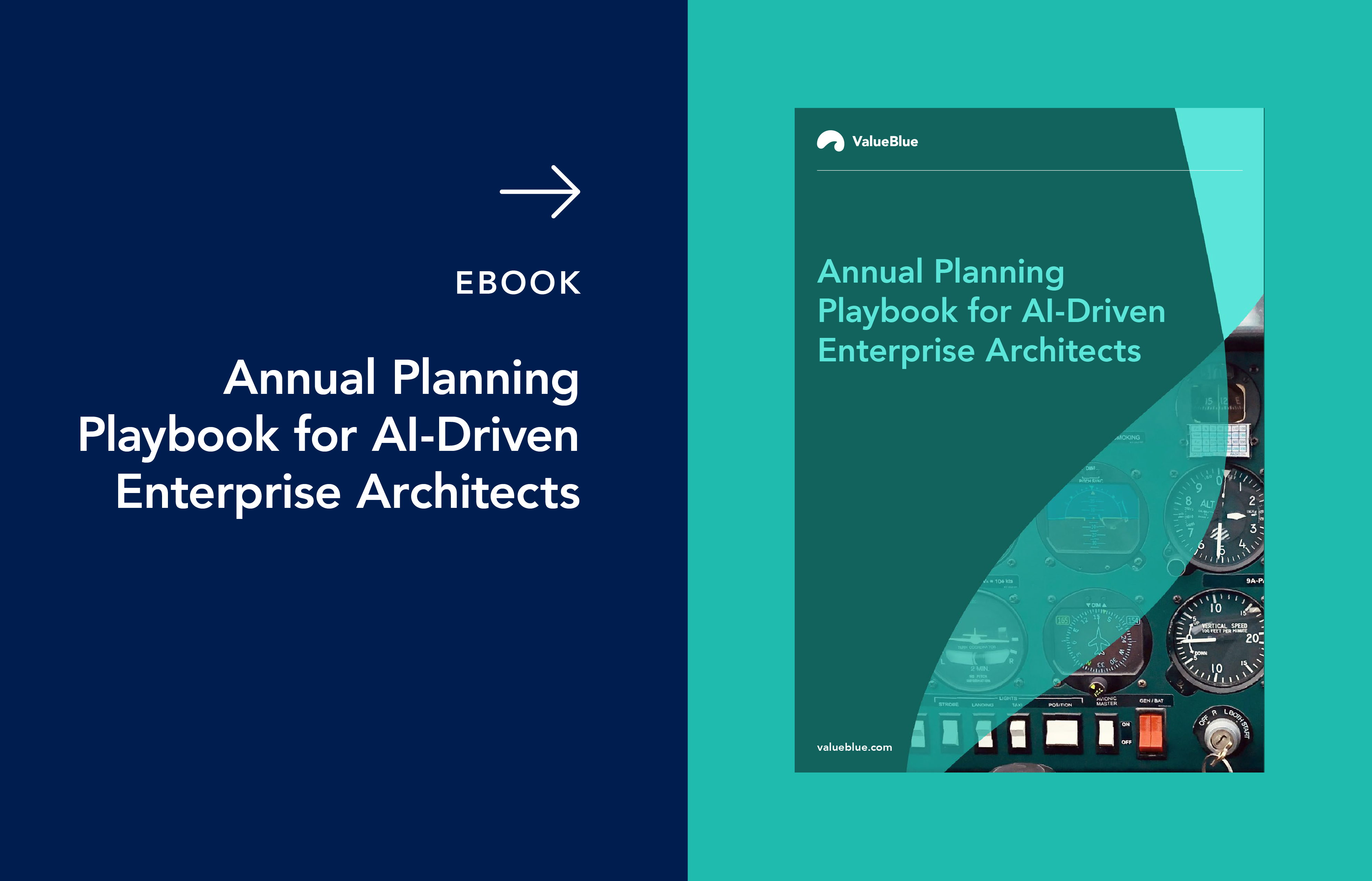Why Lasting Transformation Demands More Than Just Change Projects
Today, every leader is tasked with transformation – whether that means digital upgrades, reorganizations, or complete reinvention. Yet, despite massive spending and urgency, success still eludes most organizations. Research shows up to 70% of transformations fail to deliver meaningful results, even though companies invest trillions into these efforts.
Why is that? It’s not because organizations lack ambition or expertise. The missing piece is the architecture of change – the structure connecting vision to action and strategy to measurable results. Without this architecture, transformation becomes scattered and unsustainable.
The limits of traditional transformation
In the past, transformation meant technical upgrades – new systems or digitized workflows. But now, it’s far more complex. Organizations need to reinvent how they operate, collaborate, and deliver value. This involves people, culture, and processes, not just technology.
Too often, organizations fall into "transformation theater" – lots of meetings, plans, and reports that create the impression of progress but don’t move the needle. True transformation is about outcomes, not just outputs. Plans alone don’t change anything; execution does.
Building the framework that supports change
This is where the architecture of transformation comes in. Think of it as an “architectural runway”: the set of systems, processes, and infrastructures that allow change to happen quickly and safely, while staying aligned to the strategic goals.
A strong transformation architecture has four key dimensions:
- Strategic clarity – everyone understands and unites around clear goals connected to the leadership vision.
- Collaborative design – business and IT teams work together to create shared blueprints of how change will happen.
- Continuous alignment – real-time tracking of risks, dependencies, and progress ensures ongoing adjustments.
- Scalable foundations – the architecture evolves with business needs, making transformation adaptable.
When these components come together, transformation stops feeling like chaos and starts delivering results.
Living architecture: change that moves with you
Static plans – spreadsheets, slides, status reports – can’t keep up with today’s pace of change. Instead, organizations need “living architecture,” which continuously updates and gives every team member a real-time view of how strategy turns into action.
Living architecture transforms planning from a bureaucratic exercise into a dynamic, collaborative process. Everyone gets a voice – no longer just architects or IT teams, but business leaders, process owners, and frontline staff. This builds shared ownership and accelerates innovation.
The role of culture and leadership
But architecture alone isn’t enough. People bring transformation to life. When teams trust the change process and see how their work matters, momentum builds naturally. Culture fuels transformation and makes it last.
Leadership plays a pivotal role by bridging plans and behaviors. Leaders who model openness and foster collaboration shift transformation from a compliance task to a co-creative journey. Together, structure and culture form the heartbeat of lasting change.
How AI enhances transformation
Artificial Intelligence is becoming a powerful ally in transformation. AI-based platforms integrate real-time data, surface insights automatically, and translate complex technical details into plain language. This boosts transparency, helps surface risks early, and keeps teams aligned on what’s most important.
With AI support, organizations can move from reactive firefighting to proactive transformation leadership – making decisions based on continuous insight rather than outdated reports.
Small steps build big momentum
Transformation doesn’t have to be a massive, all-or-nothing effort. Smaller, measurable wins build confidence and momentum. Mapping one initiative end-to-end on a connected, living architecture platform can spark the change needed to build lasting capability.
In a world where change never stops, success belongs to organizations that don’t just react but architect transformation deliberately. They connect vision to execution with real-time collaboration, empower teams with culture and leadership, and leverage AI to stay adaptable.
To dive deeper into how to build this architecture of transformation that lasts, the full eBook "Changing How We Change: Building the Architecture of Transformation That Lasts" offers practical blueprints and inspiring case studies worth exploring.





